
General Education...Your Pathway Toward Success
Welcome to General Education at the College of Eastern Idaho!
Our mission is to provide a strong academic foundation that empowers students to succeed in any pathway—whether transferring to a four-year institution or advancing in their careers. Through engaging courses in the humanities, sciences, and social sciences, we foster critical thinking, communication, and other durable skills that prepare you for lifelong learning. At CEI, we’re committed to helping you achieve your goals and explore new possibilities. Your journey starts here.
Jacob Haeberle, Dean of General Education
Meet our General Education team!
Associates of Arts
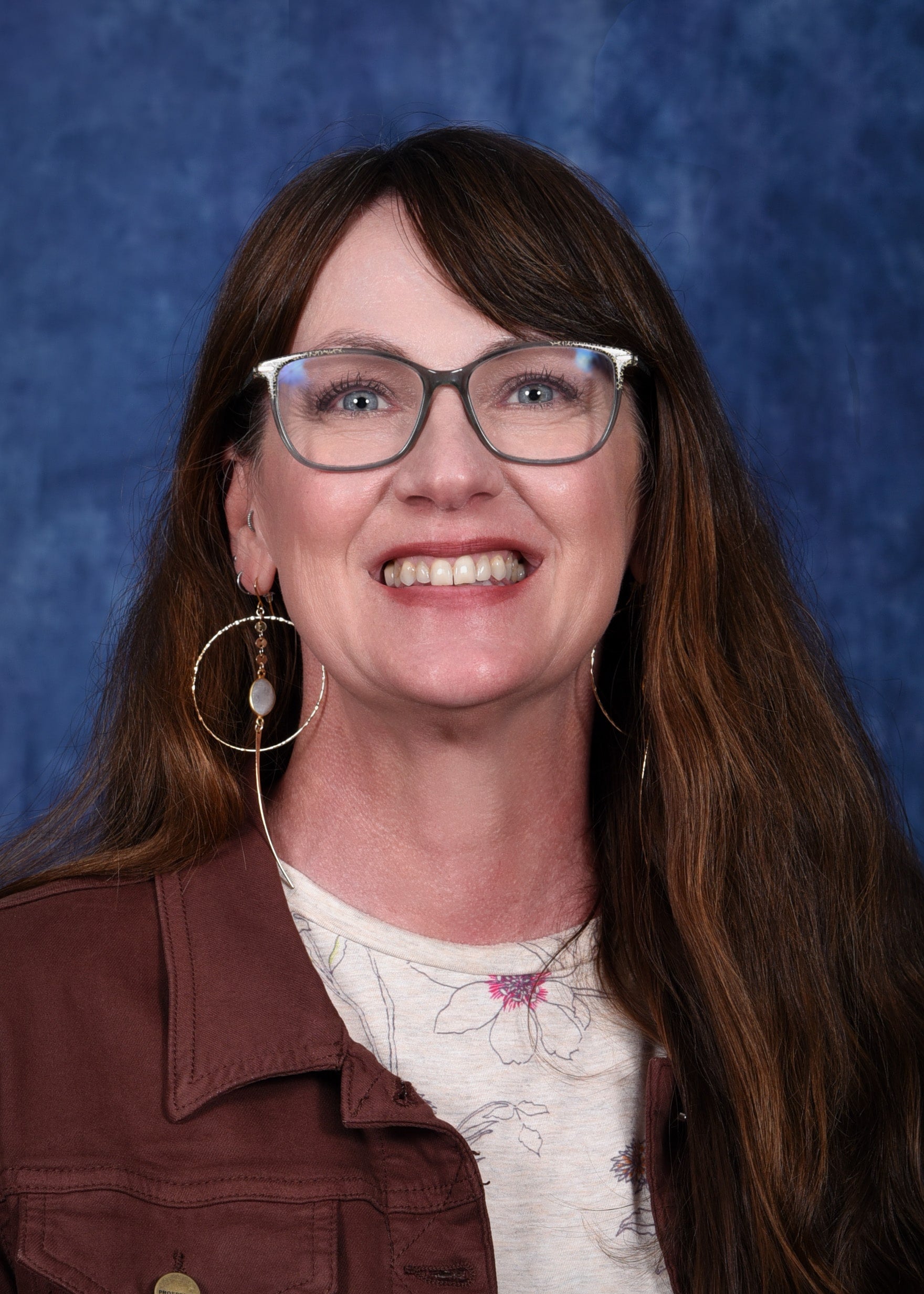
Dana Cotton
Chair of the Associate of Arts and Education Degrees -- English and Education
<b>Classes Taught:</b>
ENGL 101, 102, 175, 215, EDU classes
<b>Education Background:</b>
PhD in Curriculum and Instruction from the University of Idaho
<b>Teaching Philosophy:</b>
I am a student-centered educator who values creating learning environments that empower all learners to succeed. My teaching draws upon a broad scope of experience across universities, community colleges, and public and private high schools, allowing me to bring flexibility, inclusivity, and relevance to all classrooms. I design and teach courses that emphasize active learning, differentiated instruction, and alignment with both academic and professional standards. Guided by researched best practices, I am committed to cultivating dynamic and engaging curricula that equip students with meaningful knowledge and skills.
<b>Service at CEI:</b>
Department chair
<b>Interests/Activities Outside of Work:</b>
Running and hiking trails, rafting rivers, cross-country skiing, traveling, and gardening
<b>Location:</b>
(online)
<br>
Email:
 Dana Cotton
Dana Cotton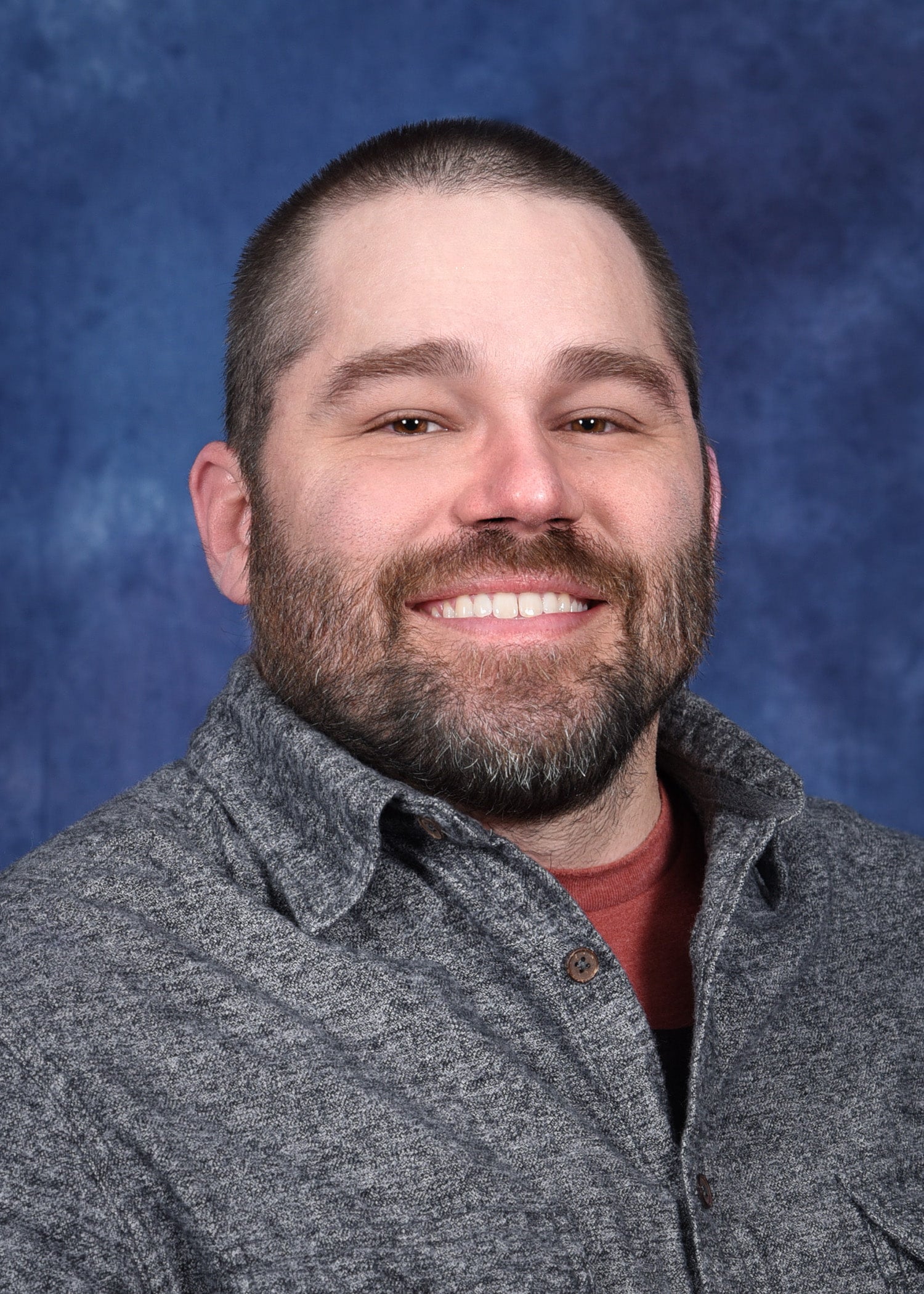
Sam Bell
Associate of Arts - History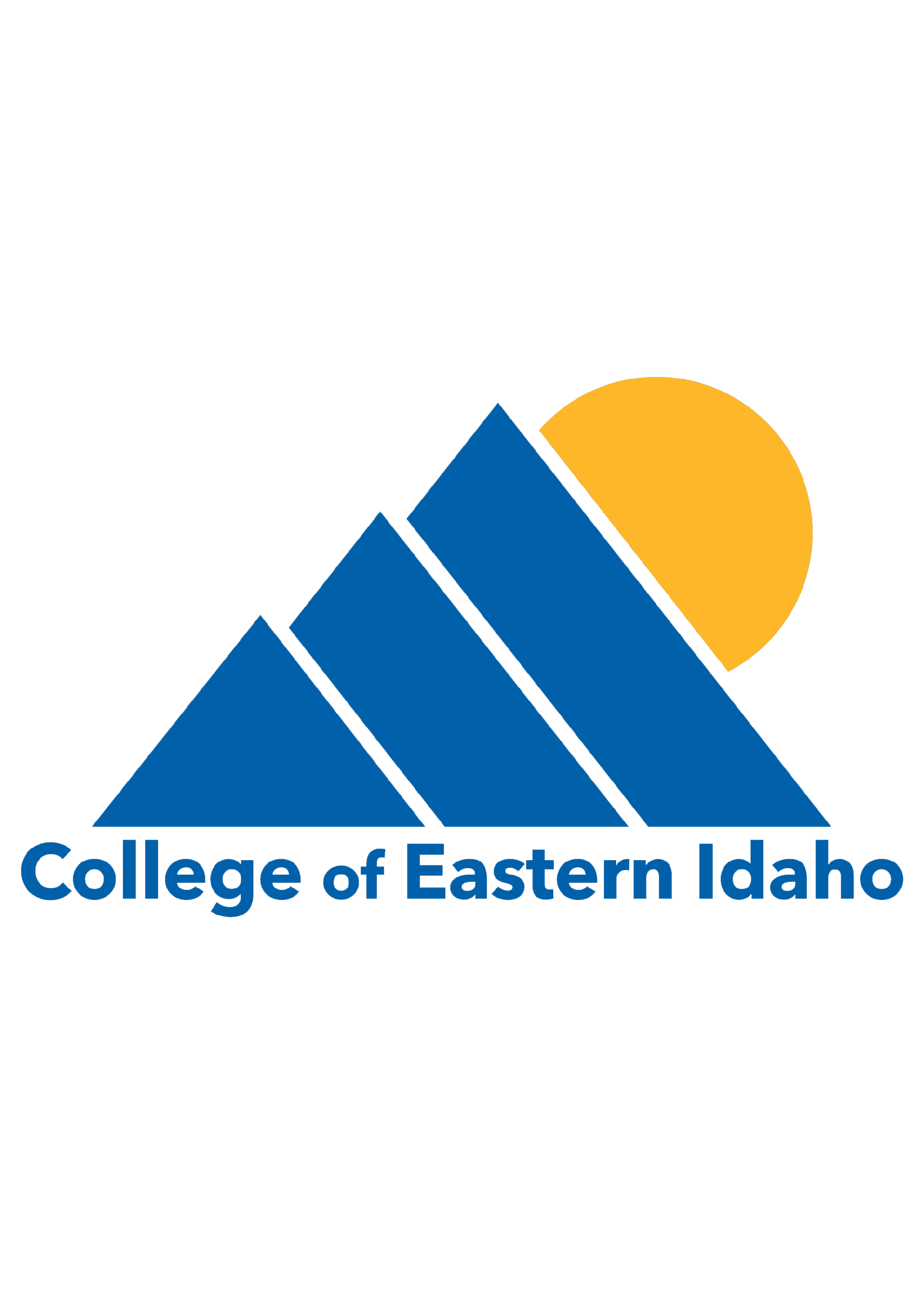
Matt Burch
Associate of Arts - Communications
Jacob Claflin
Associate of Arts - English and Humanities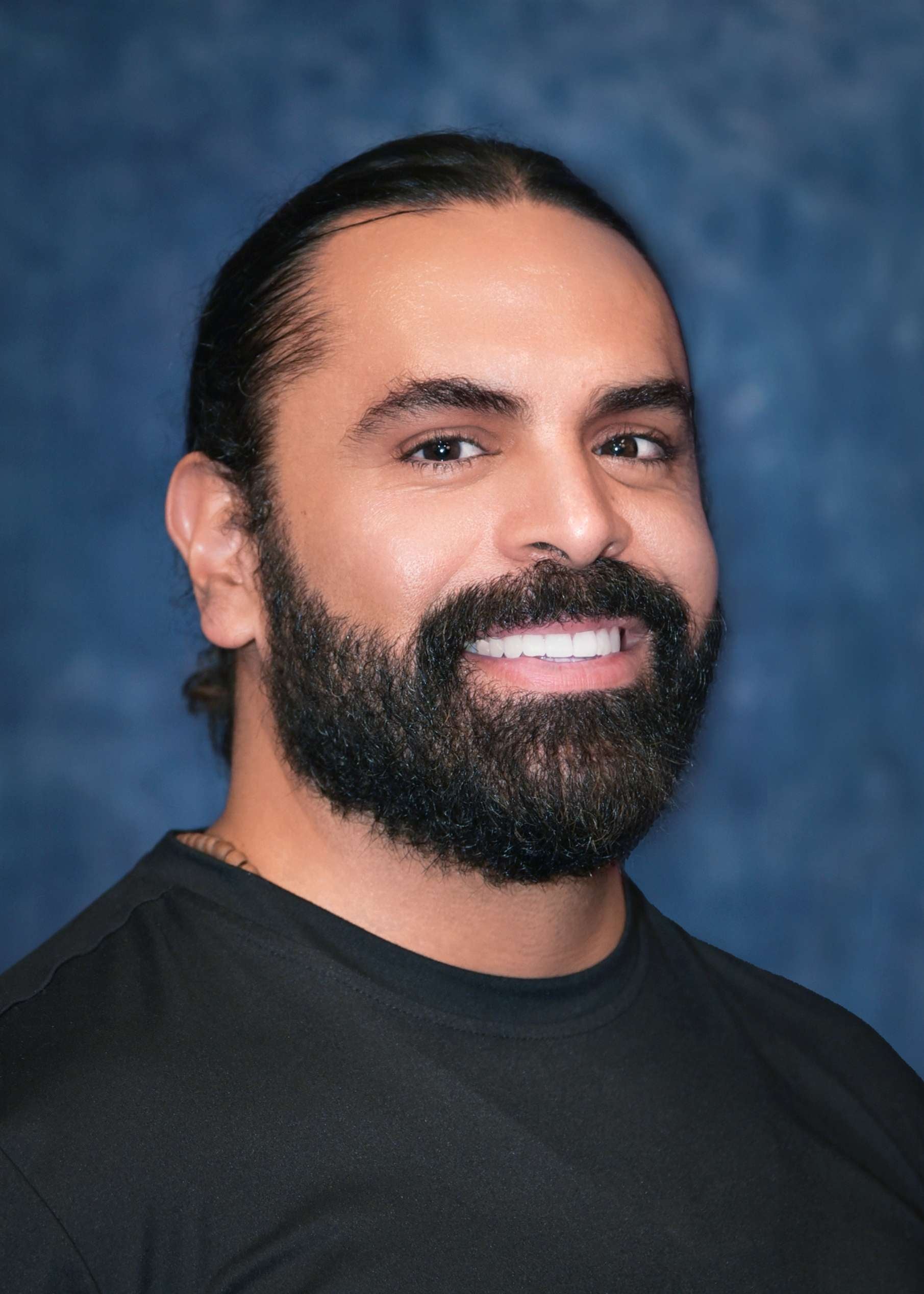
Omar Corona-Sarabia
Associate of Arts - Humanities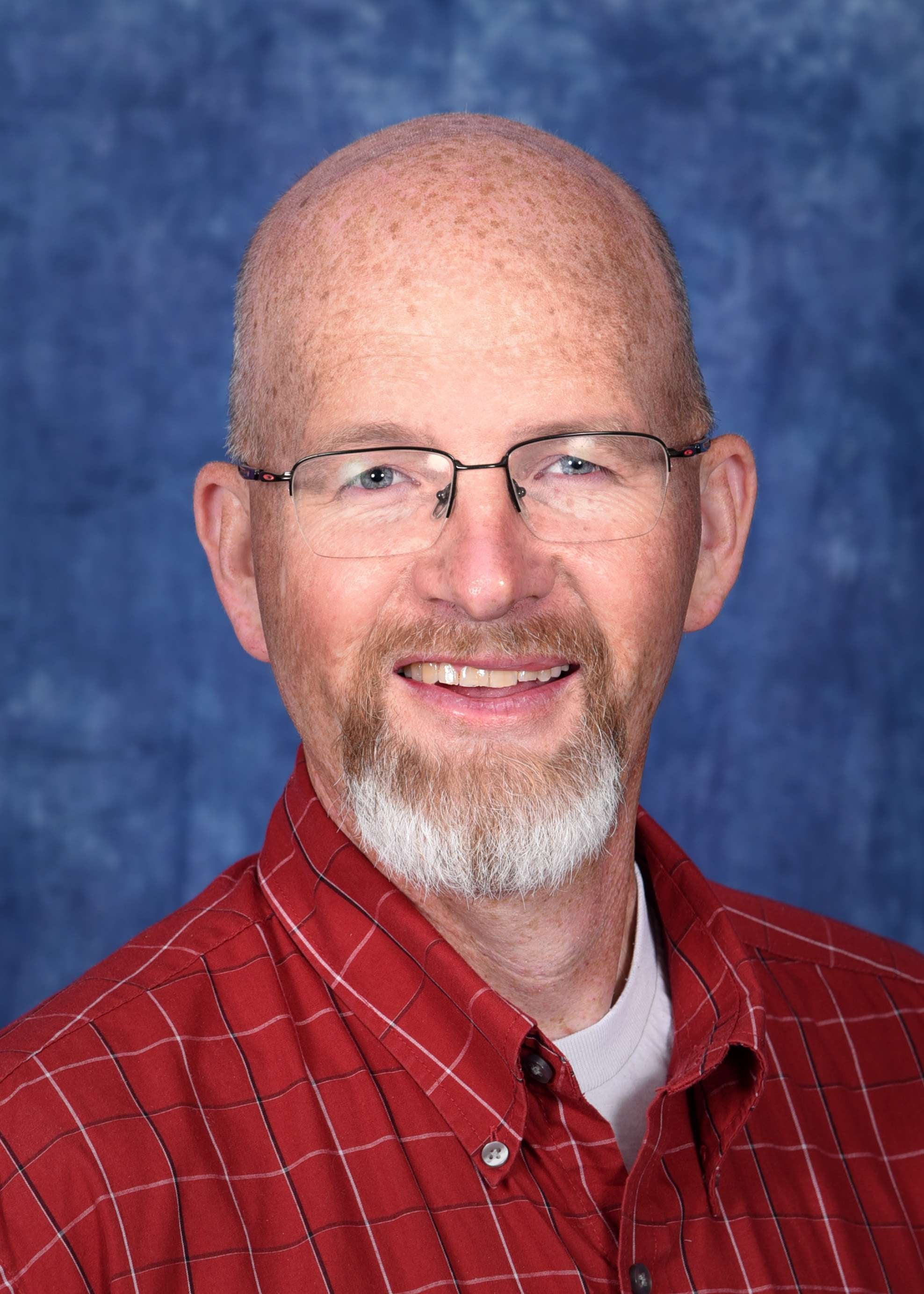
Steve Harrison
Associate of Arts - English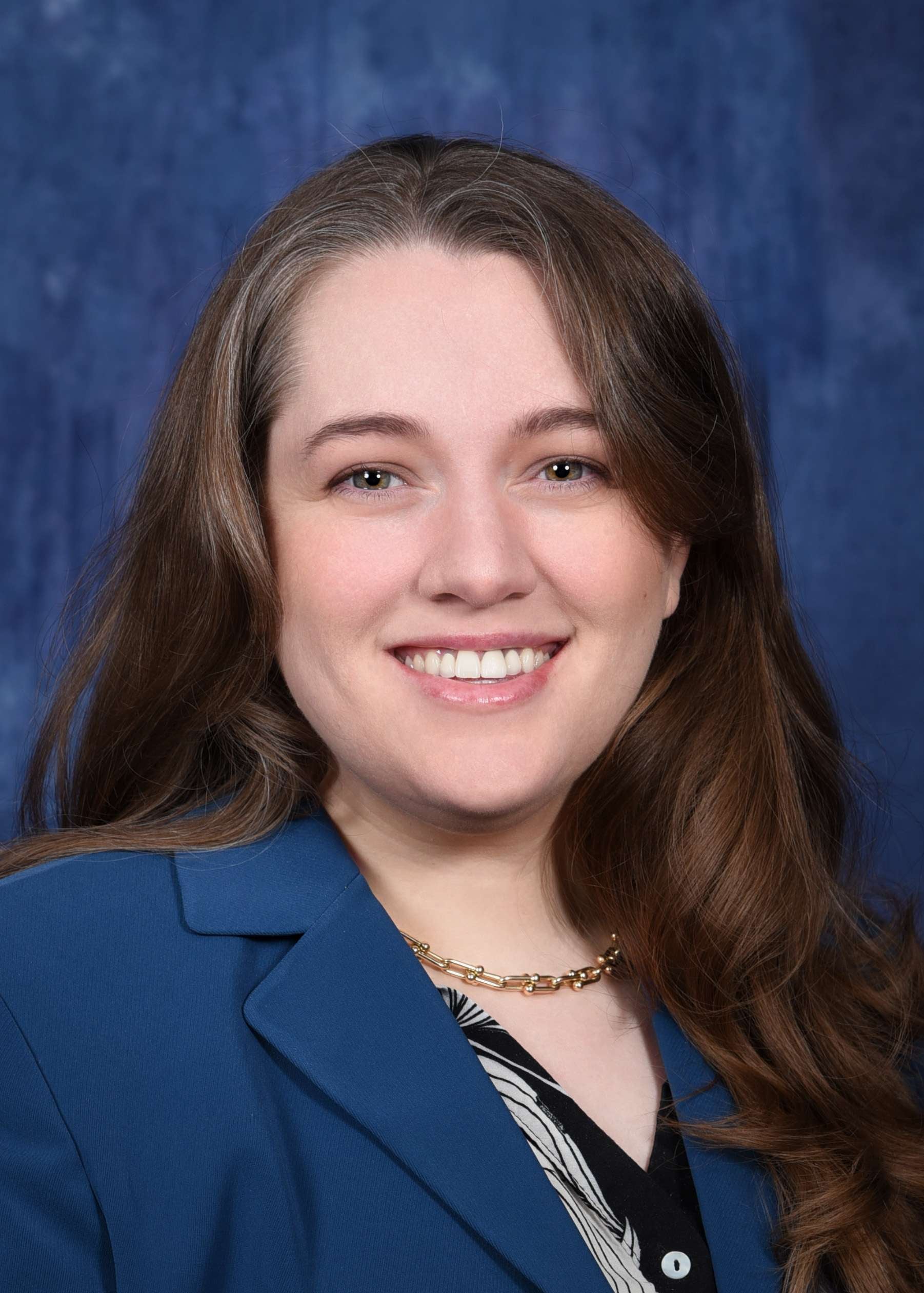
Jill Kirkham
Associate of Arts - Social Science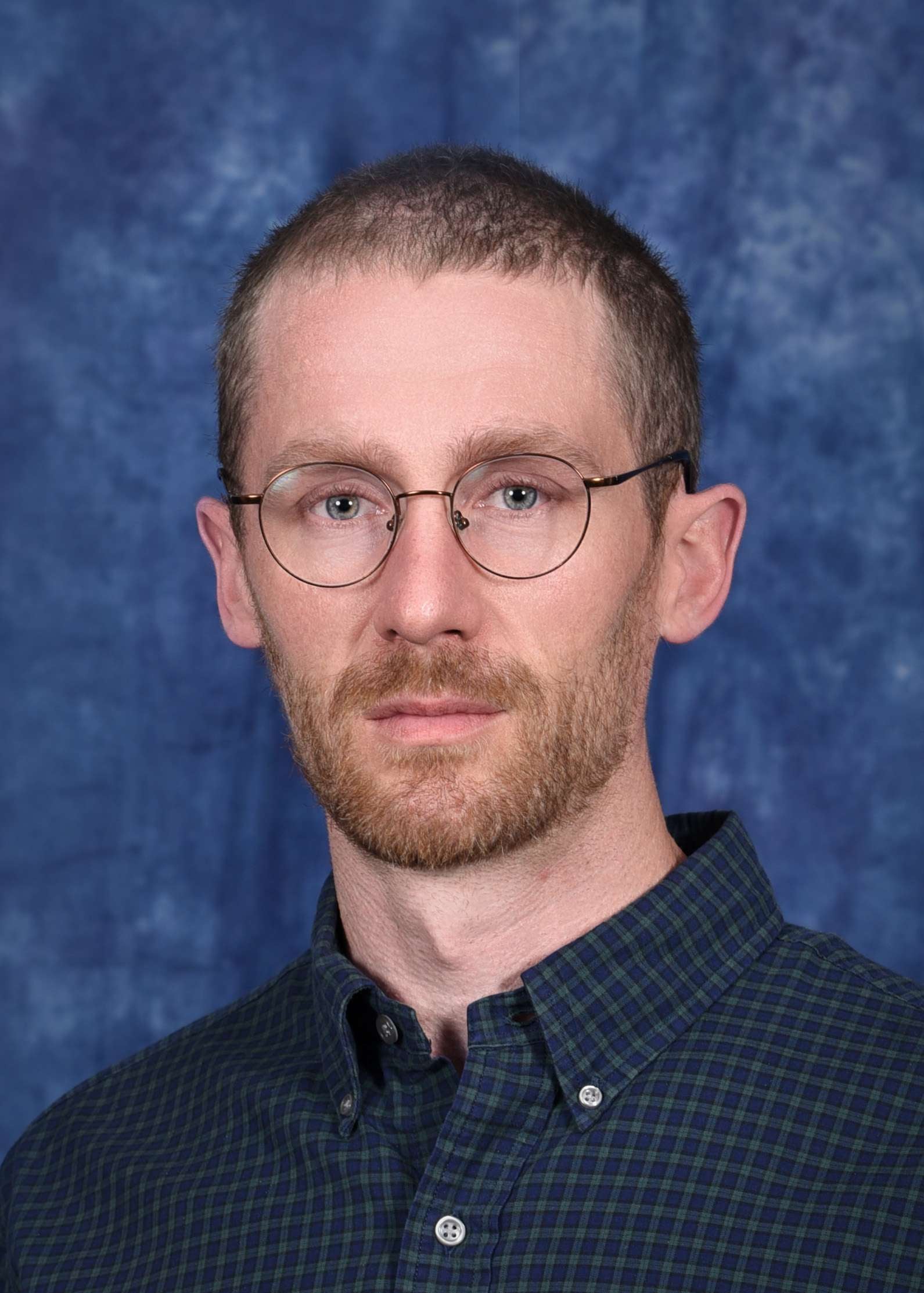
Shane Miller
Associate of Arts - Social Science
Roger Plothow
Associate of Arts - English and Communication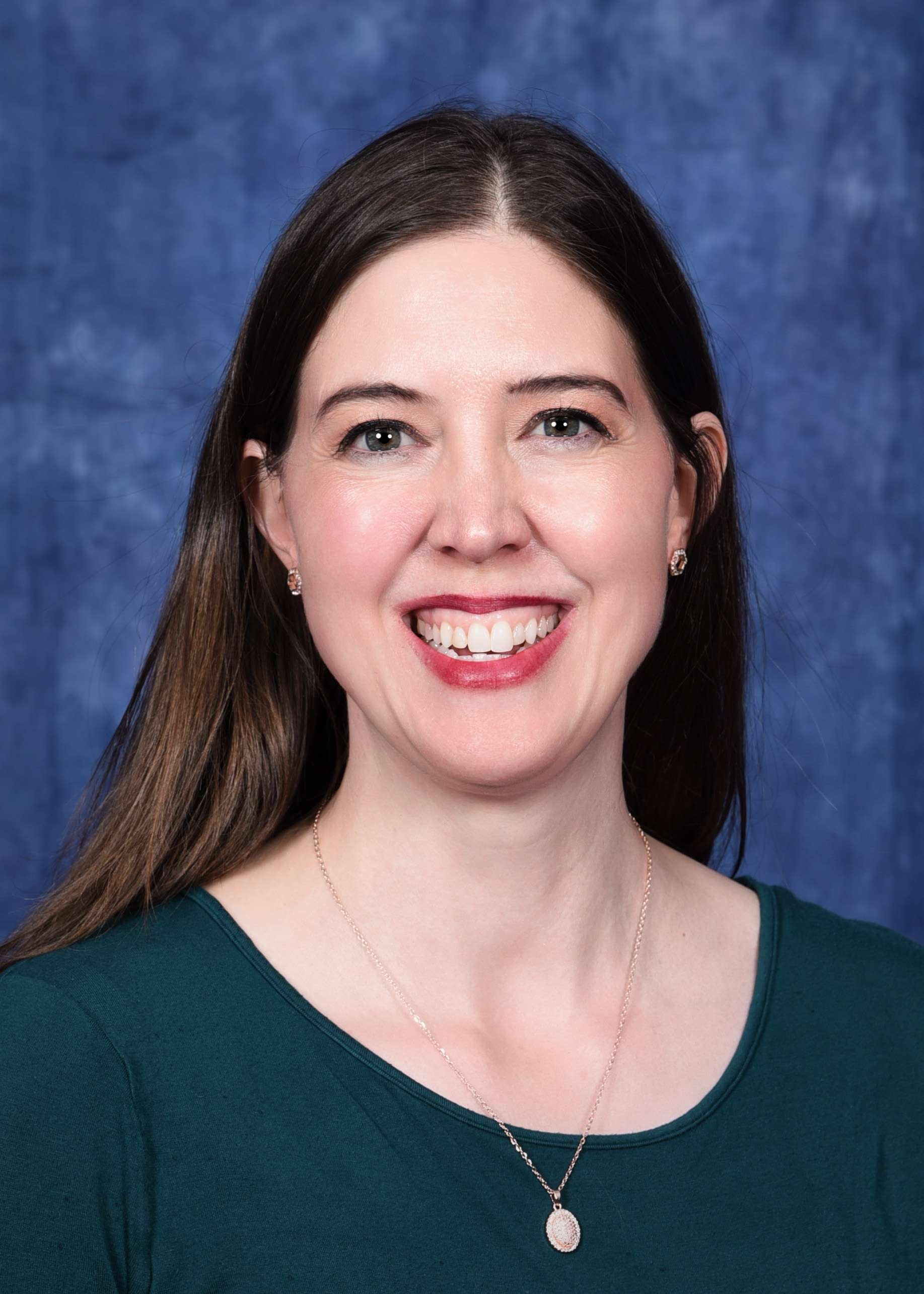
Heidi Tighe
Associate of Arts - English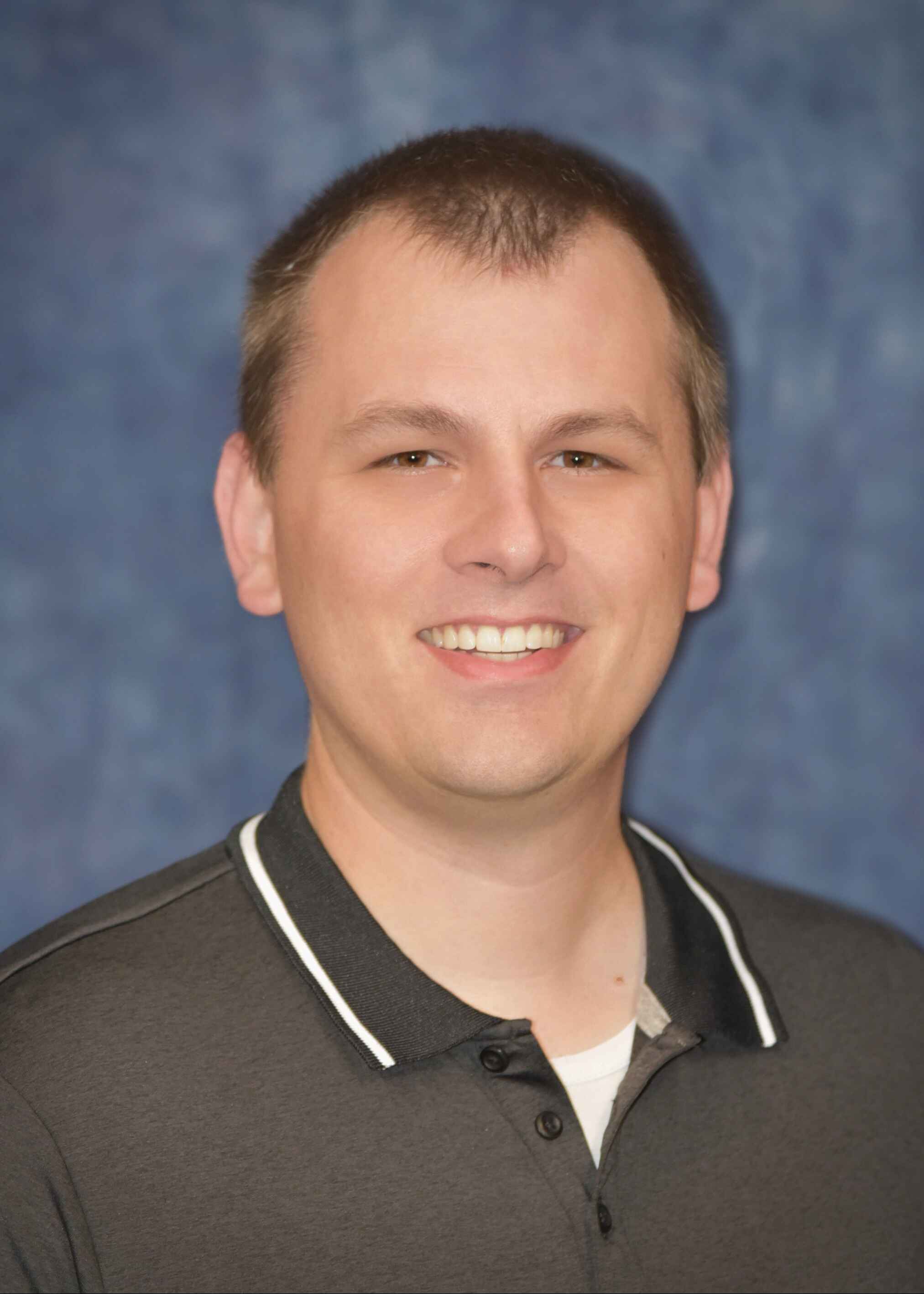
Zach Wixom
Associate of Arts - Social Science
Ken Kisner
Chair of the Business AA -- Associate of History and Humanities
Christian Godfrey
Associate of Business and Economics
Leslie Jernberg

Abbi Stauffer
Associate of Business and Economics

Sam Bell
Associate of Arts - History
<b>Classes Taught:</b>
HIST 101 World History I, HIST 102 World History II, HIST 111 U.S. History I, HIST 112 U.S. History II
<b>Education Background:</b>
Masters Degree in History
<b>Teaching Philosophy:</b>
Essentialism, Perennialism, Constructivism. My focus is on an active classroom with an active lecture, expanding both critical understanding and critical analysis with an emphasis on applicability.
<b>Service at CEI:</b>
I serve as a delegate to the General Education conference, as well as a liaison for dual credit courses.
<b>Awards, Recognitions, Papers Published:</b>
I have published in multiple journals, and won writing awards and prizes during my graduate studies.
<b>Interests/Activities Outside of Work:</b>
Fitness activities, books, books, and yet more books.
<b>Location:</b>
Bldg. 5, Rm. 508
<br>
Email:

Matt Burch
Associate of Arts - Communications
<b>Classes Taught:</b>
COMM 101, COMM 233, BSN 201, OCR 105
<b>Location:</b>
Bldg. 5, Rm. 509
<br>
Email:
Phone:

Jacob Claflin
Associate of Arts - English and Humanities
<b>Classes Taught:</b>
ENGL 101, ENGL 102, ENGL 215, ENGL 235, HUMM 101, THEA 101
<b>Education Background:</b>
BA in English, Portland State University 2006
MLitt and MFA in Shakespeare in Performance, Mary Baldwin University 2009
Ph.D English and Teaching of English, Idaho State University 2017
<b>Teaching Philosophy:</b>
In brief, revision matters, and classes should offer students a safe place to fail at trying things, like writing.
<b>Service at CEI:</b>
Club Advisor: Active: Delta nu Delta Fantasy Gaming Society, and Falcon Tinkers, Makers, and Creators. Inactive: Comic Book Club and Theater Club.
Served on various committees over the time I have been here.
<b>Awards, Recognitions, Papers Published:</b>
"Retelling Macbeth for the Digital Age: The Multimodal Poetics of Sleep No More" Chapter 17 in Shakespeare On Stage and Off, McGill-Queen's UP, edited by Kenneth Graham and Alysia Kolentsis, 2019.
<b>Interests/Activities Outside of Work:</b>
Table Top role playing games, making, working with community theatre in Pocatello, reading
<b>Location:</b>
Bldg. 5, Rm. 505
<br>
Email:
Phone:

Omar Corona-Sarabia
Associate of Arts - Humanities
<b>Classes Taught:</b>
ART 101, ART 102, ART 105, ART 109, ART 212
<b>Location:</b>
Bldg. 5, Rm. 501
<br>
Email:
Phone:

Steve Harrison
Associate of Arts - English
<b>Classes Taught:</b>
ENGL 101, ENGL 102, CUL 207 Intro to American Indian Lit
<b>Location:</b>
Bldg. 5, Rm. 507
<br>
Email:
Phone:

Jill Kirkham
Associate of Arts - Social Science
<b>Classes Taught:</b>
HIST 101 World History I, HIST 111 United States History I, HIST 112 United States History II, PHIL 101 Introduction to Philosophy, PHIL 103 Ethics, POLS 101 American National Government, POLS 102 Introduction to Political Science, POLS 221 Introduction to International Relations, Introduction to Sociology
<b>Education Background:</b>
Doctor of Arts Political Science
Idaho State University (2021)
Master of Political Science
University of Idaho (2010)
Bachelor of Science in Political Science
Brigham Young University-Idaho (2009)
<b>Teaching Philosophy:</b>
I believe that meaningful education begins with relationships: between students, faculty, and the ideas we explore together. In my classroom, I foster learning communities built on trust and collaboration, where small group discussions encourage students to engage deeply, listen actively, and learn from diverse perspectives. I design my courses to prepare students for a rapidly changing job market by emphasizing durable skills such as critical thinking, communication, and fortitude. Through hands-on, experiential learning, students connect theory to practice, gaining confidence in their ability to apply knowledge in real-world contexts. My goal is to help students see their own potential and become lifelong learners who are empowered to shape their futures.
<b>Service at CEI:</b>
Social Science Lead, Dual Credit Liaison, Faculty Senate General Education Representative, Disciplinary Action Committee, The State of Idaho General Education Social Science Representative, TLC presenter, Student Presentation Day Advisor, OER author
<b>Awards, Recognitions, Papers Published:</b>
Idaho State Board’s General Education Innovative Award in teaching (2025)
CEI Associate of Arts Instructor of the Year (2025)
CEI Ripple Effect award (2023) recognition for one’s commitment to the core theme focus “Learning for Work and Life” and campus service
CEI Foundation Grant recipient (2023)
CEI (2020) Recognized for excellence in teaching and mentorship
ISU Doctoral Fellowship (2016-2019)
Best Oral Presentation in History and Policy at the ISU Graduate Research Symposium (2017)
Paid Content Editor for W. W. Norton & Co., We the People (2015-Present)
Online Course Lead for Political Science at BYU-Idaho (2011-2017)
Pi Sigma Alpha BYU-Idaho Chapter President (2008-2009)
University Debate Finalist (2006-2008)
National Qualifier in Extemporaneous Speaking (2005 & 2006)
<b>Interests/Activities Outside of Work:</b>
DJ music, pickleball, travel, eating all the food
<b>Location:</b>
Bldg. 5, Rm. 503
<br>
Email:
Phone:

Shane Miller
Associate of Arts - Social Science
<b>Classes Taught:</b>
SOC 101 Introduction to Sociology, SOC 102 Social Problems, SOC 130 Introduction to Criminology, SOC 248 Critical Analysis of Social Diversity, CRJ 103 Intro to Law & Justice
<b>Education Background:</b>
PhD, University of Utah, Sociology (2024)
MS, University of Utah, Sociology (2020)
BA, University of Wyoming, Political Science (2011)
<b>Teaching Philosophy:</b>
I help students cultivate the sociological imagination, what C. Wright Mills refers to as “a quality of mind” that enables one to understand “history and biography” and how they are related within society. I am committed to freedom of speech in the classroom, academic independence, and rational debate. In my classes, students develop a sociological understanding of the world which they can take with them into daily life and their careers.
<b>Service at CEI:</b>
My service at CEI includes student mentorship and career advising.
<b>Awards, Recognitions, Papers Published:</b>
Marriner S. Eccles Fellowship in Political Economy (2023-2024)
Miller, Shane. 2024. “Aaron Good (2022) American Exception: Empire and the Deep State. New York: Skyhorse Publishing.” International Journal for Crime, Justice and Social Democracy, February. https://doi.org/10.5204/ijcjsd.3305.
Miller, S. T. (2025). Google’s Advertising and Capital. Science & Society, 89(3), 272-297. https://doi.org/10.1177/00368237251334299 (Original work published 2025)
Miller, S. T. (2025). Meta (Facebook) and US national security data requests: A study in media imperialism. Media, War & Conflict, 0(0). https://doi.org/10.1177/17506352251356828
<b>Interests/Activities Outside of Work:</b>
Outside of work I enjoy rock climbing, backpacking, rafting, and highlining.
<b>Location:</b>
Bldg. 5, Rm. 508
<br>
Email:

Roger Plothow
Associate of Arts - English and Communication
<b>Classes Taught:</b>
ENGL 101, ENGL 102, ENGL 203, COMM 203, DUSK 101
<b>Education Background:</b>
Master's Degree, Communication and Leadership Studies, Gonzaga University
<b>Teaching Philosophy:</b>
Meet students where they are, help them travel to a new place.
<b>Service at CEI:</b>
Faculty Senate
<b>Awards, Recognitions, Papers Published:</b>
Member, Iota Rho, Gonzaga University Chapter of the National Communication Association Honor Society
Distinguished Service to First Amendment National Honoree, Scripps Howard Foundation
<b>Interests/Activities Outside of Work:</b>
Travel, photography, videography, reading, tennis
<b>Location:</b>
(online)
<br>
Email:

Heidi Tighe
Associate of Arts - English
<b>Classes Taught:</b>
ENGL 101, 102, 206, 101P, 175
<b>Education Background:</b>
BA in English: ISU
MA in English: ISU
<b>Teaching Philosophy:</b>
I believe in interactive and real-world learning: conversations, personal perspectives, and real-world, personally relevant experimentation and problem-solving.
<b>Service at CEI:</b>
Durable Skills Faculty Lead
AI Committee Member
Falcon Quill Advisor
Literary Legends Advisor
State of Idaho AI Liaison
State of Idaho Written Communication Committee
<b>Awards, Recognitions, Papers Published:</b>
Metatextual Analysis of Delia Sherman's 'The Porcelain Dove' New York Review of Science Fiction, 2005
<b>Interests/Activities Outside of Work:</b>
Niantic Games, reading, Dr. Pepper, hiking
<b>Location:</b>
Bldg. 5, Rm. 508
<br>
Email:

Zach Wixom
Associate of Arts - Social Science
<b>Classes Taught:</b>
PSYC 101 Introduction to Psychology, SWK 271 Introduction to Social Work, PSYC 225 Child Development, PSYC 250 Abnormal Psychology
<b>Education Background:</b>
BSW in Social Work from BYU-Idaho
MSW in Social Work from BYU
<b>Teaching Philosophy:</b>
I believe that education should empower students to think critically, communicate effectively, and engage meaningfully with the world around them. As an instructor, my role is to create a supportive environment where students feel safe to explore ideas and challenge assumptions.
<b>Service at CEI:</b>
Teaching and Learning Center
<b>Interests/Activities Outside of Work:</b>
Basketball, disc golf, video games, theatre.
<b>Location:</b>
Bldg. 5, Rm. 512
<br>
Email:
Phone:

Ken Kisner
Chair of the Business AA -- Associate of History and Humanities

Christian Godfrey
Associate of Business and Economics

Leslie Jernberg

Abbi Stauffer
Associate of Business and Economics
<b>Classes Taught:</b>
ACC 201, ACC 202, BSN 101, BSN 261, FINA 105, MGT 126
<b>Education Background:</b>
Master of Professional Accountancy
Montana State University (2021)
<b>Bachelor of Science in Business- Accounting</b>
Montana State University (2020)
<b>Service at CEI:</b>
Dual Credit Liaison, ISLO Communication Committee
<b>Interests/Activities Outside of Work:</b>
Into all things strength training and nutrition, jumping into rec games (especially volleyball), reading, traveling, decorating my spaces, spending time with my dog Donna, and being outside as much as possible.
<b>Location:</b>
Bldg. 2, Rm. 246c
<br>
Email:
 Sam Bell
Sam Bell Matt Burch
Matt Burch Jacob Claflin
Jacob Claflin Omar Corona-Sarabia
Omar Corona-Sarabia Steve Harrison
Steve Harrison Jill Kirkham
Jill Kirkham Shane Miller
Shane Miller Roger Plothow
Roger Plothow Heidi Tighe
Heidi Tighe Zach Wixom
Zach Wixom Ken Kisner
Ken Kisner Christian Godfrey
Christian Godfrey Leslie Jernberg
Leslie Jernberg Abbi Stauffer
Abbi Stauffer Associates of Science
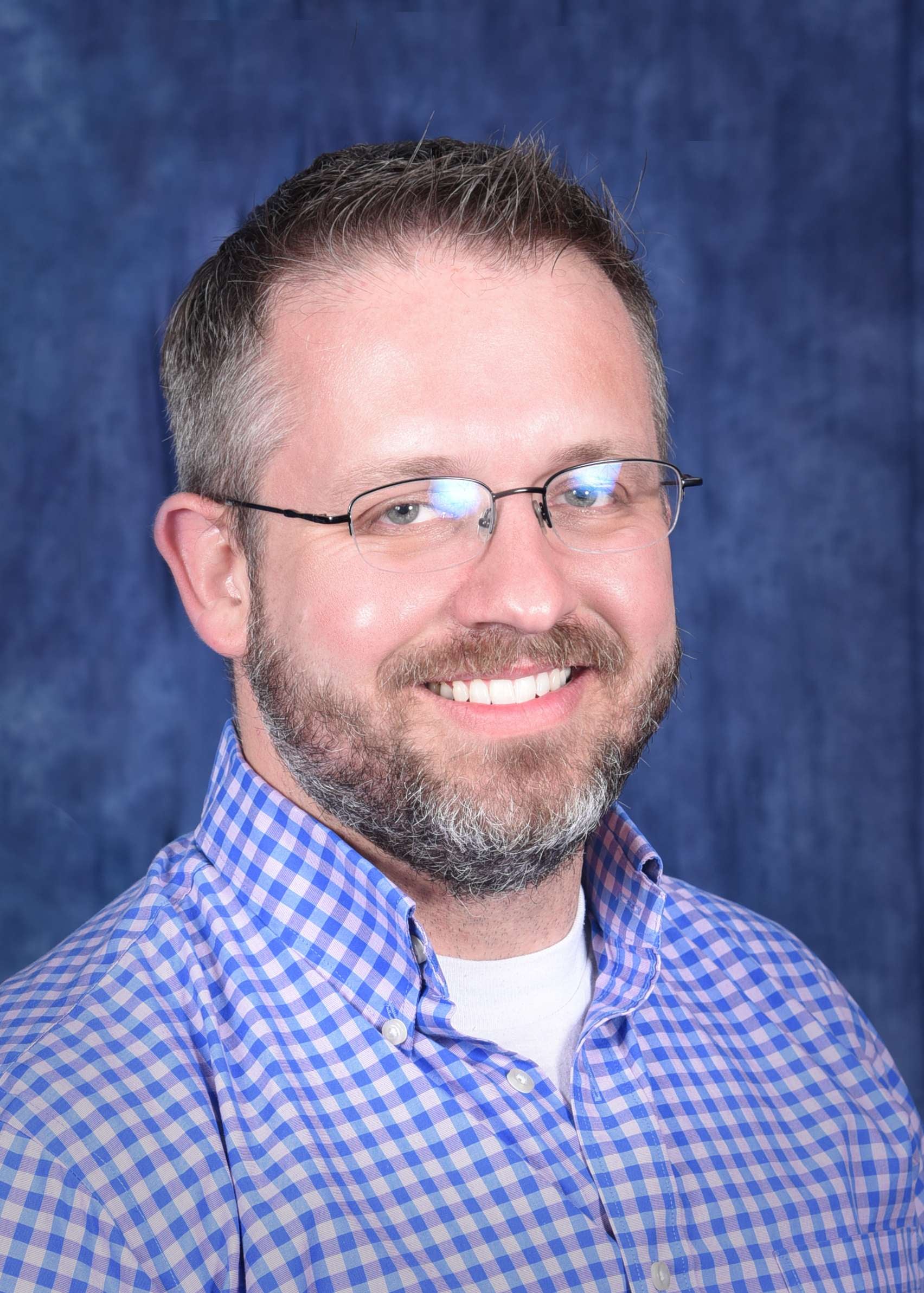
Kole Bowman
Chair of the Associate of Science and Engineering Degrees -- Biology
<b>Classes Taught:</b>
BIOL 227, BIOL 228, ZOOL 127
<b>Location:</b>
Bldg. 1, Rm. 11
<br>
Email:
Phone:
 Kole Bowman
Kole Bowman
Jennifer Baxter
Associate of Science - Math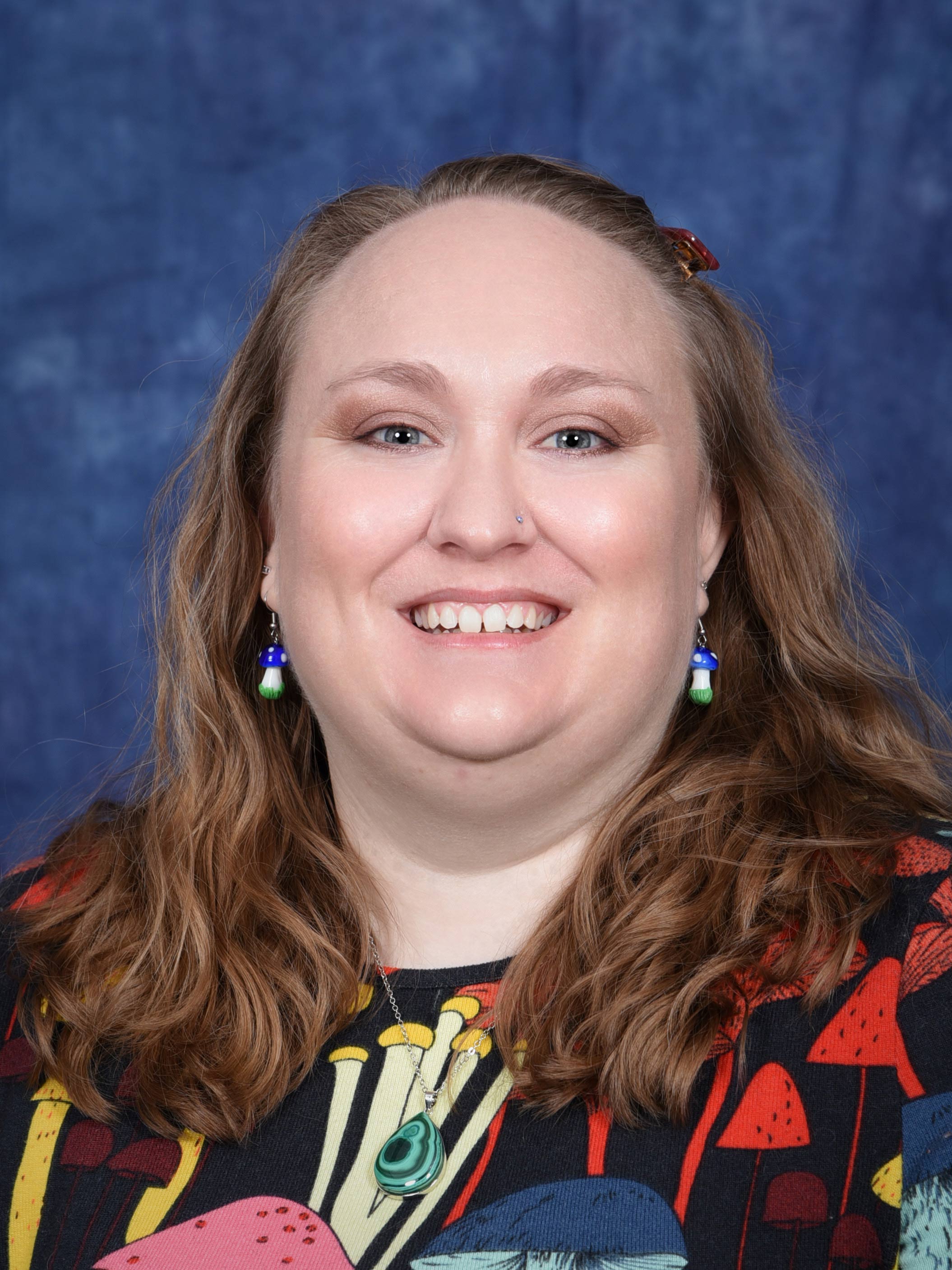
Janet Braun
Associate of Science - Biology and Microbiology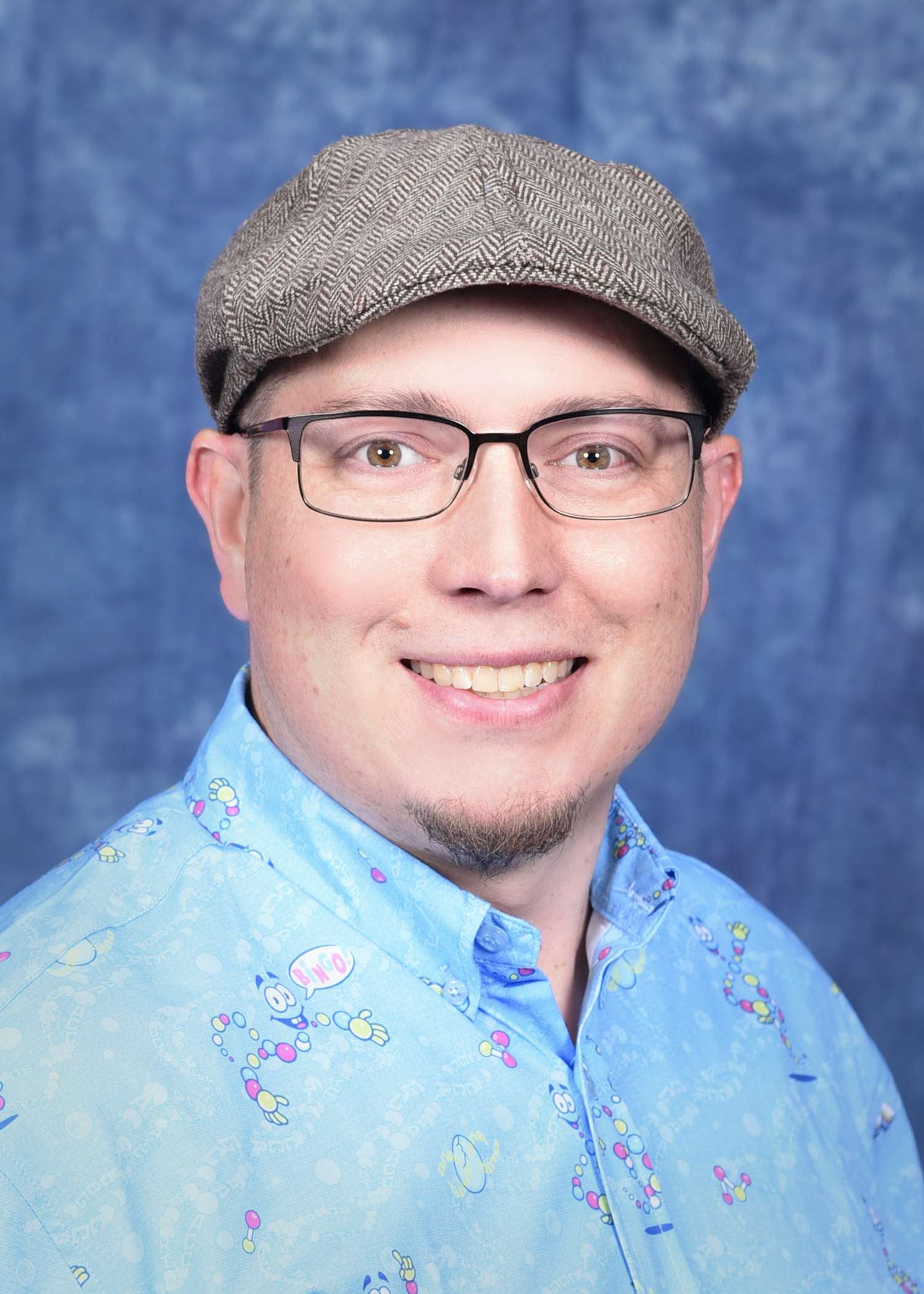
Benjamin Burrows
Associate of Science - Biology and Microbiology
Joshua Burger
Associate of Science - Biology
Cynthia Collin
Associate of Science - Biology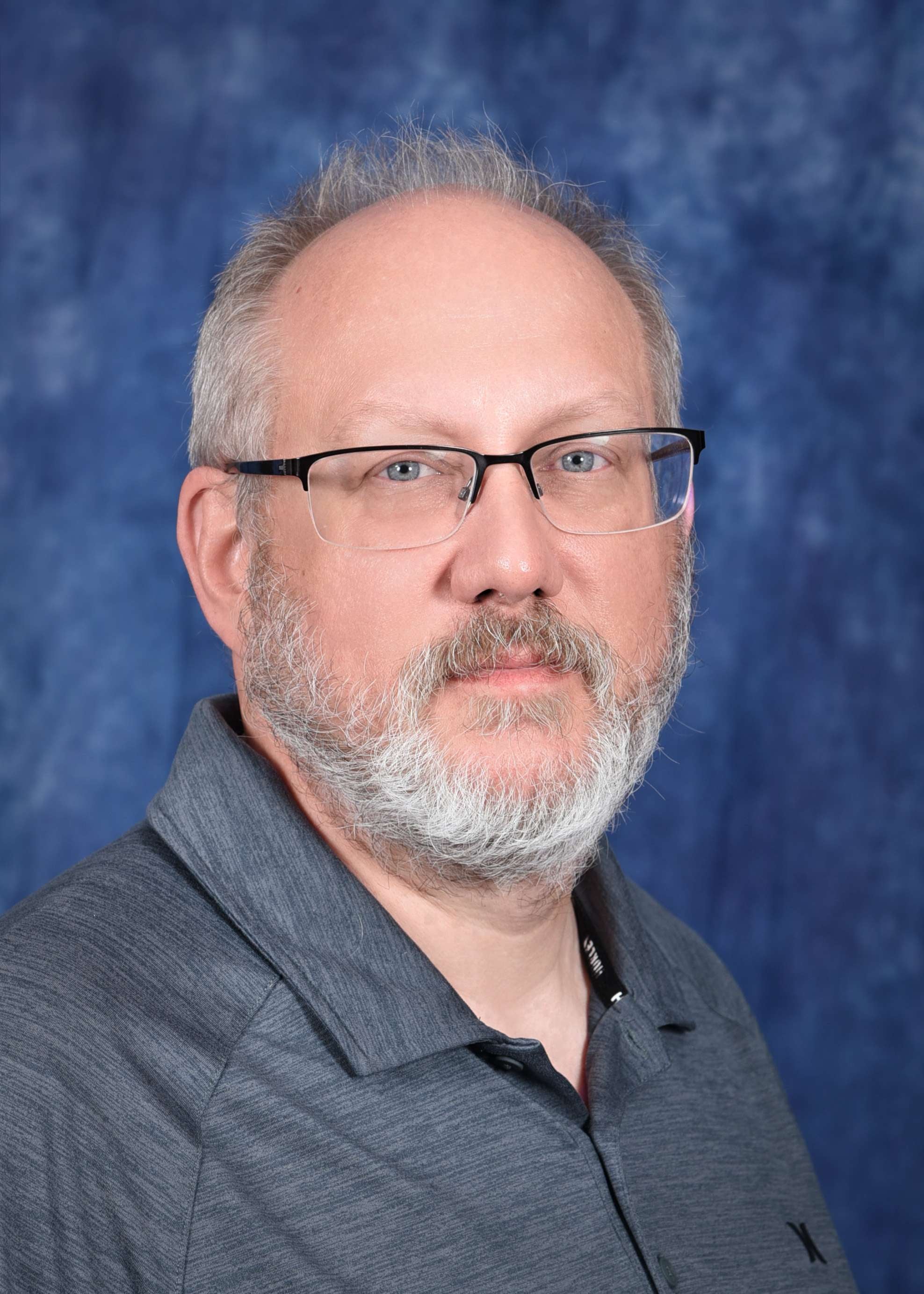
Harold Goodwill
Associate of Science - Math
Charlie Hemming
Associate of Science - Chemistry
Sharlene Jolley
Associate of Science - Chemistry
Kathy Judy
Associate of Science - Math
L J Krumenacker
Associate of Science - Geology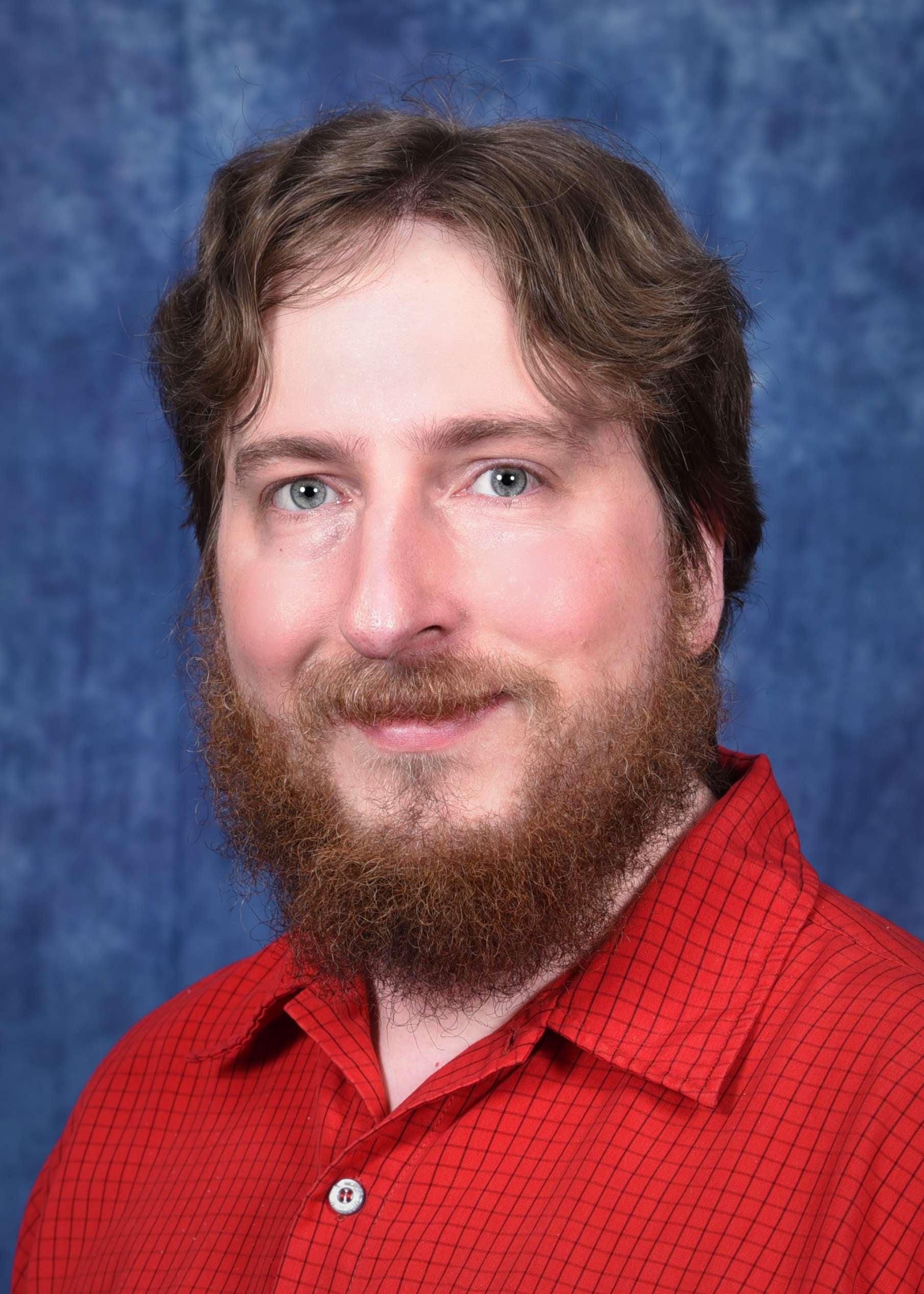
Alexander Locker
Associate of Science - Math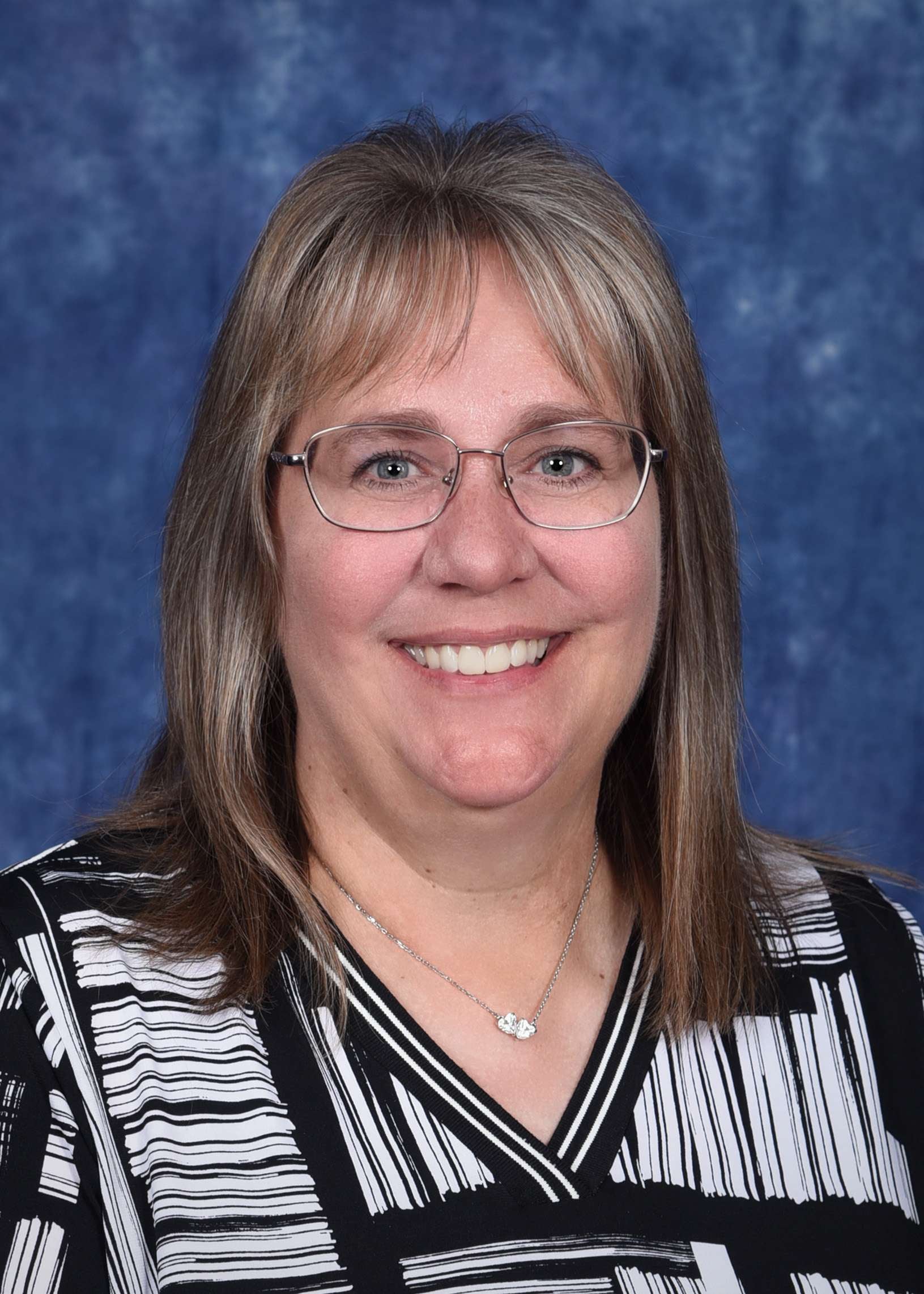
Kimberly Miller
Associate of Science - Biology
Pamela O'Hearn
Associate of Science - Biology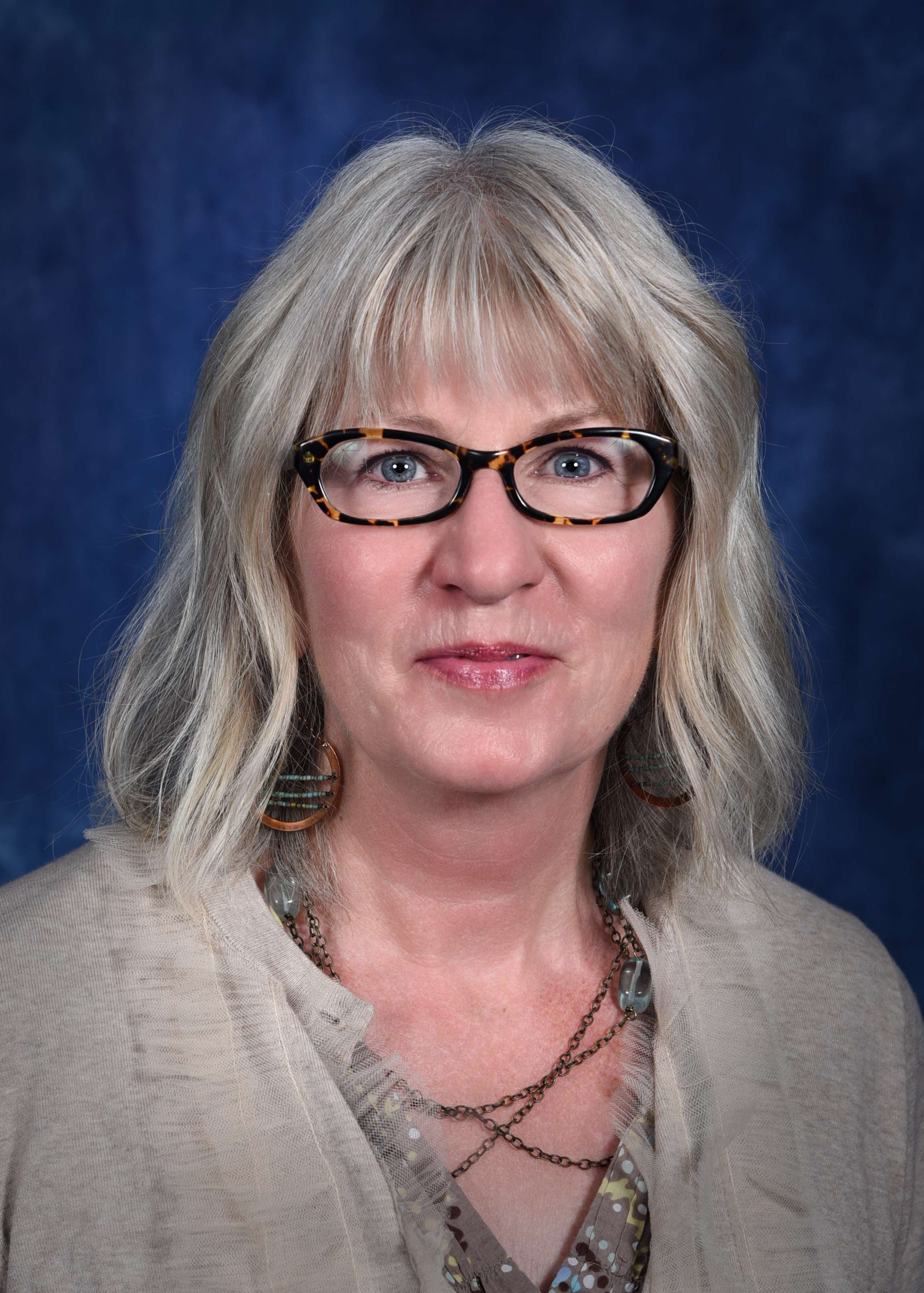
Betsey Pitts
Associate of Science - Physics
Janelle Sagawa
Associate of Science - Biology and Microbiology
Holly Wood
Associate of Science - Math

Jennifer Baxter
Associate of Science - Math
<b>Classes Taught:</b>
MATH 108, 143, 144, 153
<b>Education Background:</b>
MA in MathEd
<b>Teaching Philosophy:</b>
I believe all students can learn. It is my job to present the material in ways that make sense to my students. My goal is to help student build their confidence in their mathematical skills. I enjoy helping my students see why and how things work mathematically.
<b>Service at CEI:</b>
Math Lead
<b>Awards, Recognitions, Papers Published:</b>
Exemplary Faculty Award from BYUI
<b>Interests/Activities Outside of Work:</b>
I enjoy playing games (board and card games), reading, traveling and pottery.
<b>Location:</b>
Bldg. 5, Rm. 508
<br>
Email:
Phone:

Janet Braun
Associate of Science - Biology and Microbiology
<b>Classes Taught:</b>
MICR 111, BIOL 227
<b>Education Background:</b>
Associates of Science - College of Southern Idaho
Bachelors of Science in Microbiology - Idaho State University
Masters of Science in Microbiology - Idaho State University
Masters of Education in Curriculum and Instruction - University of Idaho
<b>Teaching Philosophy:</b>
In my classes I emphasize real-world application of course concepts through use of patient case studies. I encourage students to learn how to find things out for themselves, several assignments I created guide students through how to find reliable scientific research articles and break them down to understand them. With science the hands-on part can be the most fun! There are labs that correspond to most material my courses cover so students can interact with tests, techniques, organisms, or human anatomy concepts discussed in the lecture portion.
<b>Service at CEI:</b>
Science Spectacular
Faculty senate
CEI Foundation Great Race for Education
<b>Awards, Recognitions, Papers Published:</b>
CEI Associates of Science Faculty of the year 2024-2025
<b>Interests/Activities Outside of Work:</b>
In my free time I love crafting such as crocheting, quilting, and embroidery. I have three fluffy cats that students can sometimes hear in the background of recorded videos. And I love to read! Science fiction/fantasy and romance are my favorites. I have over 1,100 physical books in my home library.
<b>Location:</b>
Bldg. 6, Rm. 101C
<br>
Email:

Benjamin Burrows
Associate of Science - Biology and Microbiology
<b>Classes Taught:</b>
BIOL 201, MICR 111, MICR 250
<b>Education Background:</b>
AS, Bellevue Community College
BS Biology, University of Washington
PhD. Botany / Molecular Biology, Washington State University
<b>Teaching Philosophy:</b>
I strive to provide the highest quality of education using tools that are accessible to all learners. I work to make complex topics relevant to students using real world examples drawn from my experience and knowledge as a research scientist. I value students time which they are investing into their education, but also seek to make learning fun and enjoyable.
<b>Service at CEI:</b>
INBRE Undergraduate Research Mentor
Chair CEI OER Committee
Faculty Senate
Science Lead
<b>Awards, Recognitions, Papers Published:</b>
2024 General Education Faculty of the Year
Seo, H., Sepuru K.M., Putarjunan, A., Aguirre, L., Burrows, B.A., Torii, K.U. (2022) Intragenic suppressors unravel the role of the SCREAM ACT-like domain for bHLH partner selectivity in stomatal development. Proc Natl Acad Sci USA. 1;119(9):e2117774119. doi: 10.1073/pnas.2117774119.
Burrows, B.A. and McCubbin, A.G. (2018) Examination of S-locus Regulated Differential Expression in Primula vulgaris Floral Development. Plants. 7(2), 38.
Burrows, B.A. and McCubbin, A.G. (2017) Sequencing the genomic regions flanking S-linked PvGLO sequences confirms the presence of two GLO loci, one of which lies adjacent to the style-length determinant gene CYP734A50. Plant Reproduction. DOI 10.1007/s00497-017-0299-9
Burrows, B.A. and McCubbin, A.G. (2017) Encyclopedia of Reproduction (2nd ed.) Volume 6: Reproduction, Overview by Phylogeny - Plant. Elsevier
<b>Interests/Activities Outside of Work:</b>
Ultra Running / Trail Running
Reading and Collecting Science Fiction Books
PC Gaming
<b>Location:</b>
Bldg. 6, Rm. 101B
<br>
Email:
Phone:

Joshua Burger
Associate of Science - Biology
<b>Classes Taught:</b>
BIOL 227: Human Anatomy & Physiology I, BIOL 228 Human Anatomy & Physiology II
<b>Education Background:</b>
I studied at Brigham Young University-Idaho and earned a B.S. in Biology with a focus on bioinformatics. I transferred to Idaho State University and completed an M.S. in Biology. My Master's work focused on using computational tools to identify mutations of interest in the genomes of viruses.
<b>Interests/Activities Outside of Work:</b>
I enjoy all things science fiction and fantasy, as well as attending the latest superhero movies. My family and I love to spend time in nature by visiting national parks and going on occasional hikes.
<b>Location:</b>
Bldg. 1, Rm. 11
<br>
Email:

Cynthia Collin
Associate of Science - Biology
<b>Classes Taught:</b>
ENVS 101 Environmental Science, BIOL 227, BIOL 228, ZOOL 127, NUTR 239
<b>Location:</b>
(online)
<br>
Email:
Phone:

Harold Goodwill
Associate of Science - Math
<b>Classes Taught:</b>
BSN 216 Business Statistics, BSN 217 Advanced Business Statistics, MATH 105 Business Math, MATH 123 Math in Modern Society, MATH 240 Linear Algebra
<b>Location:</b>
Bldg. 5, Rm. 508
<br>
Email:

Charlie Hemming
Associate of Science - Chemistry
<b>Classes Taught:</b>
CHEM 100, CHEM 101, CHEM 111, MATH123
<b>Location:</b>
Bldg. 5, Rm. 578
<br>
Email:
Phone:

Sharlene Jolley
Associate of Science - Chemistry
<b>Classes Taught:</b>
CHEM 111 General Chemistry I, CHEM 112 General Chemistry II, CHEM 297 Organic Chemistry I, CHEM 298 Organic Chemistry II, CHEM 100
<b>Education Background:</b>
Masters of Science in Organic Chemistry
<b>Teaching Philosophy:</b>
1. I believe in mastery of the material, not memorization.
2. I learn and teach by repetition, repetition, repetition and follow Bloom’s Taxonomy.
3. I like a LOT of questions worth few points rather than a few worth a lot of points.
<b>Service at CEI:</b>
Faculty representative to student senate
INBRE research mentor
Science Spectacular
<b>Awards, Recognitions, Papers Published:</b>
General Service
Continuing Education, 900 participants, Professional, External to Idaho State University. (August 2015 - Current).
I have created a science spec for 4th and 5th graders from the area to come to the Idaho Falls ISU campus called the Science Spectacular: The Jolley Way. The event includes science demonstrations and hands on booths with topics from chemistry, biology, physics, geology, technology, engineering and math.
ASISU Minority Education, Chemistry Demonstrator, approximately 15 hours spent per year, Regional. (April 2005 - May 2015).
I represent the chemistry department in the yearly Celebrate Your Future event held on the campus by giving chemistry demonstrations throughout the day to the students attending.ISU Idaho Falls STEM Club, Co-advisor, approximately 10 hours spent per year. (August 2017 – May 2019).
Advisor to the STEM club. Shelley High School Freshman STEM Club, Student Org Advisor (Non-Professional Org), Chair, approximately 80 hours spent per year, Local. (January 9, 2017 - May 31, 2018).
University of Idaho National 4H Club, approximately 200 hours spent per year, Regional. (May 2012 - 2023).
Animal (Rabbit, Dairy Goat, Market Goat, Fiber Sheep, Market Sheep, Poultry, Swine)
Conduct educational meetings that focus on showmanship skills for both the animal and the 4H member, leadership skills, demonstrations, public speaking, record keeping, accounting, safe animal handling and care practices, knowledge of animal health, anatomy, physiology, national organizational data and breed standards. Non-Animal (STEM, Lego)
Boy Scouts of America, Boy Scouts of America Merit Badge Counselor, Other, approximately 80 hours spent per year, Local.
Service, Community
Educational Advocate Award, Partnership for Science and Technology, Service, Community. (August 2017).
I was given the award from this national alliance for my service in science education in the STEM fields in our region.
ISU Cornerstone Award, ASISU Idaho Falls, Service, Community. (April 2017).
This awarded for the promotion of STEM education to the leaders of our future.
Student Life & Leadership, Bennion Student Union ASISU Idaho Falls, Service, Community. (April 2016).
This award was given for valuable contributions in student life and co-curricular involvement for ISU/UI students, staff, faculty and community for the K-12 community event: 2016 Science Spectacular - ISU Goes Green that was a huge success in March with over 700+ participants and volunteers.
Shelley School District School Board
Honorary FFA Membership, Shelley Chapter FFA, Service, Community. (April 2015).
Given honorary membership for the help given to the Shelly High School FFA chapter as a parent and as a school board member.
Service, University
ISU Distinguished Service Finalist, ISU, Service, University. (May 2018).
I was one of the five finalists for the ISU Distinguished Service Award.
ASISU Idaho Falls Staff Spotlight Award, ASISU Idaho Falls, Service, University. (May 2017).
For the valuable contribution to Staff, Faculty and Community in Idaho Falls for another successful Science Spectacular event.
ISU IF Faculty of the Year 2014-2015, ASISU Idaho Falls, Teaching. (April 2015).
<b>Interests/Activities Outside of Work:</b>
Of course I do chemistry for fun and love to collect any toy that has anything to do with science. I also like to jog and can be seen on our rural road jogging with a miniature horse or goat throughout the summer. They need exercise too! While not great at it, I enjoy entering 5K races for fun and trying to beat my personal best times.
I also love to garden, both vegetable and flowers. I love to get up early in the summer and weed when the soil is nice and moist so that they come out by the roots. It is very satisfying to see something I plant turn into a flower or enjoy a fresh vegetable out of the garden. I also like to can certain items that I grew up with and that don’t taste the same out of a store: peaches, pears, chokecherry syrup, raspberry jelly.....
Doing anything with my family is always fun and when I have spare time, I enjoy a good book and of course sleeping.
<b>Location:</b>
Bldg. 5, Rm. 576
<br>
Email:
Phone:

Kathy Judy
Associate of Science - Math
<b>Classes Taught:</b>
MATH 108, 123, 143, 144, 153, 179, 175, 275, and 240
<b>Education Background:</b>
Master of Math Education
<b>Teaching Philosophy:</b>
I feel students that are successful in other courses can also be successful in math given enough help, determination and work.
<b>Service at CEI:</b>
State Math transitions committee, State statistics committee.
<b>Awards, Recognitions, Papers Published:</b>
Faculty of the year many years ago.
<b>Interests/Activities Outside of Work:</b>
I enjoy many crafts. Crochet and pottery are two favorites. I have been pouring resin and playing with original embroidery files on my embroidery machine. I learn new math outside of work too.
<b>Location:</b>
Bldg. 5, Rm. 508
<br>
Email:
Phone:

L J Krumenacker
Associate of Science - Geology
<b>Classes Taught:</b>
GEOL 101 Physical Geology, GEOL 102 Historical Geology, GEOL 107 Real Monsters, GEOL 109 Dinosaurs!, SCI 199 Ecology and Geology of YNP, BIOL 227 Anatomy and Physiology I, General Biology
<b>Education Background:</b>
BS Biology at ISU, MS in Geology at BYU Provo, PhD Earth Sciences Montana State
<b>Teaching Philosophy:</b>
I strive to make the sciences of geology, paleontology, anatomy, and ecology accessible, engaging, and meaningful to all students. My teaching philosophy centers on empathy, adaptability, and relevance. I believe in meeting students where they are—recognizing their individual circumstances and providing accommodations that support their success. I aim to foster a classroom environment built on mutual respect and care, where students feel seen, supported, and encouraged to grow.
<b>Service at CEI:</b>
Science Club, Student mentor for workers in the Paleontology Lab, and Science Spectacular.
<b>Awards, Recognitions, Papers Published:</b>
Affiliate curator and researcher at the Idaho Museum of Natural History.
Selected papers:
Krumenacker, L. J., Varricchio, D., Organ, C., Gardner, J., Britt, B., and Boyd, C., 2024. Osteology and Phylogenetic Relationships of the Mid-Cretaceous Neornithischian Dinosaur Oryctodromeus cubicularis Varricchio, 2007, Journal of Vertebrate Paleontology 43(5). https://doi.org/10.1080/02724634.2024.2330581
Krumenacker L. J., Zanno, L. E., Sues, H. D. 2022. A partial tyrannosauroid femur from the mid-Cretaceous Wayan Formation of eastern Idaho, USA. Journal of Paleontology. 2022;96(6):1336-1345. doi:10.1017/jpa.2022.42
Krumenacker, L. J., Varricchio, D., Wilson, J., Martin, A., and Ferguson, A., 2019: Taphonomy of and new burrows from Oryctodromeus cubicularis, a burrowing neornithischian dinosaur, from the mid-Cretaceous (Albian-Cenomanian) of Idaho and Montana, U.S.A. Palaeogeography, Palaeoclimatology, and Palaeoecology 530:300-311.
Krumenacker, L.J. 2019. Paleontological and Chronostratigraphic correlations of the mid-Cretaceous Wayan/Vaughn depositional system of southwestern Montana and Southeastern Idaho. Historical Biology.
Krumenacker, L. J., Simon, D. J., Scofield, G., and Varricchio, D. J., 2016: Theropod dinosaurs from the Albian–Cenomanian Wayan Formation of eastern Idaho, Historical Biology, DOI:10.1080/08912963.2015.1137913.
Krumenacker, L. J., Gay, R., Peterson, J., Scheetz, R., and Simon, R. In Press. Enigmatic ornithopod specimens from the Simon Quarry of the the Late Jurassic Morrison Formation, Bighorn Basin, Wyoming. New Mexico Museum of Natural History and Science Bulletin.
Krumenacker, L. J., Irmis, R., and Melstrom, K. In preparation. New crocodyliforms from the mid-Cretaceous (Albian-Cenomanian) Wayan Formation of Idaho, U.S.A. Intended for Journal of Vertebrate Paleontology.
Kimmig, J., Pates, S., LaVine, R. J., Krumenacker, L. J., Whitaker, A. F., Strotz, L. C., Jamison, P. J., Gunther, V. G., Gunther, G., and Witte, M. 2023. New soft-bodied panarthropods from diverse Spence Shale (Cambrian; Miaolingian; Wuliuan) depositional environments. Journal of Paleontology. 2023:1-24. doi:10.1017/jpa.2023.24
Smith C.P.A., Laville T., Fara E., Escarguel G., Olivier N., Vennin E., Goudemand N., Bylund K., Jenks J., Stephen D., Hautmann M., Charbonnier S., Krumenacker L. J., and Brayard A. 2021 Exceptional fossil assemblages confirm the existence of complex Early Triassic ecosystems during the early Spathian. Sci Rep 11, 19657. https://doi.org/10.1038/s41598-021-99056-8
Botting J., Brayard A., Krumenacker, L. J., and the Paris Biota team, 2019: A late-surviving Triassic protomonaxonid sponge from the Paris Biota, Idaho, USA. Geobios.
Romano C., Argyriou T., Krumenacker, L. J., and the Paris Biota team, 2019: Chondrichthyan teeth from the Early Triassic Paris Biota (Bear Lake County, Idaho, USA). Geobios.
Weaver, L. N., Wilson, G. P., Krumenacker, L. J., Mclaughlin, K., and Varricchio., D. J., 2019: New multituberculate mammals from the mid-Cretaceous (lower Cenomanian) Wayan Formation of southeastern Idaho and implications for the early evolution of Cimolodonta. Journal of Vertebrate Paleontology.
Brayard, A, Krumenacker, L. J., Botting, J. P., Jenks, J. F., Bylund, K. G., Fara, E., Vennin, E., Olivier, N., Goudemand, N., Saucède, T., Charbonnier, S., Romano, C., Doguzhaeva, L., Thuy, B., Hautmann, M., Stephen, D. A., Thomazo, C., and Escarguel, G., 2017. Unexpected Early Triassic marine ecosystem and the rise of the Modern evolutionary fauna. Science Advances. 3: e1602159.
Doguzhaeva, L.A., Brayard, A., Goudemand, N., Krumenacker, L. J., Jenks, J.F., Bylund, K.G., Fara, E., Olivier, N., Vennin, E., and Escarguel, G. 2018: An Early Triassic gladius associated with soft tissue remains from Idaho, USA—a squid-like coleoid cephalopod at the onset of Mesozoic Era. Acta Palaeontologica Polonica 63(2): 341–355.
<b>Interests/Activities Outside of Work:</b>
Astronomy, Sketching and digital art
<b>Location:</b>
Bldg. 1, Rm. 11
<br>
Email:

Alexander Locker
Associate of Science - Math
<b>Classes Taught:</b>
MATH 143 Precalculus, MATH 144 Trigonometry, MATH 170 Calculus, MATH 153 Intro. to Stats., MATH 157 Math Pedagogy I, MATH 257 Math Pedagogy II
<b>Education Background:</b>
Associate's from the College of Eastern Idaho in math and computer science, Bachelor's from Idaho State University with a math major and computer science minor, Master's from Idaho State University in math with a focus in algebra.
<b>Teaching Philosophy:</b>
Learning is a pattern of questions, confusion, and breakthroughs. It cannot be forced, only guided, and that is my job, the job of the teacher. I can pose a question that leads to confusion among the students, and I then guide them to a breakthrough in understanding the subject. On the flip side, a student can pose a question that leads to my confusion, but then I have a breakthrough and end up understanding my student better. This is the essence of every class I teach, and the environment I seek to foster in every classroom. There is no question too "dumb" and no confusion too great that it cannot be eventually overcome with patience and clarity.
<b>Service at CEI:</b>
Math Transitions Steering Committee, dual credit liaison
<b>Interests/Activities Outside of Work:</b>
Reading, video games, theology, piano, cross-stitching, Scooby-Doo
<b>Location:</b>
Bldg. 5, Rm. 508
<br>
Email:
Phone:

Kimberly Miller
Associate of Science - Biology
<b>Classes Taught:</b>
BIOL 227 Anatomy and Physiology I, ZOOL 127
<b>Education Background:</b>
BS Animal Science, MS in Animal Science Reproductive Physiology
<b>Teaching Philosophy:</b>
I focuses on the needs, interests, and learning styles of students. I try to act as a facilitator rather than just a source of knowledge with my biggest hope being that my enthusiasm for Anatomy & Physiology can be contagious and inspire my students.
<b>Awards, Recognitions, Papers Published:</b>
Outstanding Adjunct 2024
<b>Interests/Activities Outside of Work:</b>
Traveling, home remodeling, and volunteering and serving the community in varies Down Syndrome programs
<b>Location:</b>
Bldg. 1, Rm. 11
<br>
Email:

Pamela O'Hearn
Associate of Science - Biology
<b>Classes Taught:</b>
BIOL 100 Concepts of Biology, BIOL 202 Biology 2, BIOL 199 Intro Plant Science, BIOL 209 Intro Ecology, SCI 199 Ecosystems of YNP
<b>Education Background:</b>
BS wildlife biology and management, University of Rhode Island
MS Biological Sciences, Idaho State University
PhD Biological Sciences, Idaho State University
<b>Teaching Philosophy:</b>
In teaching, I aim to inspire and guide students to fulfill their roles as the next generation of ecologically conscious, connected decision-makers aware of their relationship as humans to the rest of the planet. Given the extensive environmental challenges that our world currently faces, I believe it is essential that as many people as possible have a clear understanding of the value, importance, diversity, and beauty of the biological world. Faced with an ever-accelerating field of biomedical science, students need to be aware of humans as biological systems, how these changes and opportunities in biomedical science may impact them, and what can be learned from the organisms we share a planet with.
I have a strong interest in student success. To achieve success, I feel that it is important to teach to the individual, to instill a sense of pride by encouraging students to aspire to the highest standards, while being mindful of the differences we all bring to a class. I also believe that learning should be joyful. When students are having fun, they are more likely to take intellectual risks, embrace curiosity, and engage deeply with the material. I strive to create a classroom environment where play is not only welcomed but encouraged—where students feel safe to make mistakes, laugh, explore, and learn through experimentation. Mistakes are not failures; they are stepping stones to understanding and creativity.
In order to be active participants and learners, students must be engaged, involved, and use critical thinking skills. I try to teach by interactive lecturing, asking students questions and encouraging students to ask questions of their own interest. In this manner, they become actively part of the learning to make abstract concepts more tangible and memorable. These approaches foster a sense of wonder and discovery that is essential to scientific inquiry.
I think that the various new technologies allow us to present information using different approaches, better addressing the many, varied, individual learning styles. These technologies do not replace traditional instruction, but augment them. Accordingly, I believe students should also develop writing and oral communication skills, which will increase their ability to communicate at different levels. I feel strongly that it is at least as important to teach students how to learn as it is to teach students what to learn.
As a non-traditional student in a STEM field, I am strongly aware of the differences we all bring to the learning environment, and the importance of not only respecting these differences, but encouraging them to blossom. These differences bring new insight to STEM fields, and will be the nexus in new paradigms in all fields. My diverse teaching background has given me wide experience and created many strategies in reaching and teaching students, and the ability and desire to work with students from diverse backgrounds.
I encourage my students to pursue questions arising from their own curiosity in individual projects, and aim to facilitate those pursuits. Most of all, perhaps, I feel there is no better way to learn about biology and our living world than by “doing it”—and doing it with joy. I try to incorporate hands-on projects, including participating in field study, in conjunction with STEM field professionals, which allows students to learn skills while putting their learning into action. These experiences are often playful, exploratory, and collaborative, reinforcing the idea that learning is not a rigid process but a dynamic, human one.
In short, my teaching style is driven not only by a desire to teach students about biological concepts and how to apply these concepts, but also by a desire to understand my students, to learn from them, and to become a better educator in the process. I want students to view me as both a mentor and a source of biological knowledge—and also as someone who believes that learning should be fun, fearless, and full of play.
<b>Service at CEI:</b>
CEI Science Club advisor, CEI Pride Club advisor, Science spectacular, Faculty senate president, budget committee, Academic Standards Committee
<b>Interests/Activities Outside of Work:</b>
I am interested in all things outdoors, camping, hiking, hunting, canoeing, gardening, birdwatching, swimming, sailing, rowing, etc. My biggest hobby is my dogs. I have Labrador retrievers that I train and hunt with, compete in field trials, hunt tests, and dock diving. I use them to hunt waterfowl and upland game birds, and provide guided hunt services for private hunting ranches in the area.
<b>Location:</b>
Bldg. 5, Rm. 508
<br>
Email:
Phone:

Betsey Pitts
Associate of Science - Physics
<b>Classes Taught:</b>
PHYS 211, 212, 111, 101; MATH 170 Calculus I MATH 175 Calculus II; MATH 147, 143, 144, 123, 108; MICR 111-L
<b>Education Background:</b>
BS in Physics/math minor from University of Idaho
MA Physics from University of Rochester
<b>Teaching Philosophy:</b>
I teach math and sciences so a large part of what try to clarify for students is problem-solving. I prefer to model problem-solving strategy from the bare-bones beginning, with nothing but a whiteboard, a marker and a problem we stare at together – as I wonder aloud, how do we approach this? I find that sharing with my students the process of circling the problem as though it were a rabid dog at first, getting a feel for it, moving a little closer, remaining calm while we interpret the question, finally getting to the point where, okay now we know what to do with it, is very useful to them. My goal is to show them that problem-solving is a learned process, a behavior change, not a mysterious gift or special trick...that it is a practiced strategy we can all adopt and make our own. And anyone can do that!
My experience has shown me that by unmasking the problem-solving process with my students, they can make friends with it, find their own style and develop confidence. My goal as an educator is to help students find confidence in their abilities as people, and after years of teaching, I know that if they can learn it in a math or physics class, they can carry it out the door at the end of the semester, changed. And then I will have had an impact.
<b>Service at CEI:</b>
Inaugural advisor to student Math Club 2024-2025; Presented TLC seminar on using the Lightboard 9/23/2025; CEI Grants Committee; Advisory Board for Battelle Energy Alliance Applied STEM Institute at College of Eastern Idaho; First Presentation Day Committee; Student Internship Champion
<b>Awards, Recognitions, Papers Published:</b>
CEI Foundation Jordan Outstanding Faculty Award 2022
<b>Interests/Activities Outside of Work:</b>
Hiking, biking, skiing, camping, knitting, sewing, reading, playing piano, cooking and eating.
<b>Location:</b>
Bldg. 5, Rm. 580
<br>
Email:

Janelle Sagawa
Associate of Science - Biology and Microbiology
<b>Classes Taught:</b>
INBRE Research
<b>Education Background:</b>
BS Microbiology from University of Washington
BS Biology, Cell and Molecular from University of Washington
M.Ed. in Instructional Design and Technology from Idaho State University
<b>Teaching Philosophy:</b>
I love teaching and mentoring students in the lab - especially molecular biology techniques!
<b>Service at CEI:</b>
Coordinate STEM outreach events
<b>Awards, Recognitions, Papers Published:</b>
Ripple Effect Award, 2024 Spring
Publications:
Ding B, Xia R, Lin Q, Gurung V, Sagawa JM, Stanley LE, Strobel M, Diggle PK, Meyers BC, Yuan YW. (2020). Developmental Genetics of Corolla Tube Formation: Role of the tasiRNA-ARF Pathway and a Conceptual Model. Plant Cell. 32(11):3452-3468. doi: 10.1105/tpc.18.00471. Epub 2020 Sep 11. PMID: 32917737
Guiton PS, Sagawa JM, Fritz HM, Boothroyd JC. (2017). An in vitro model of intestinal infection reveals a developmentally regulated transcriptome of Toxoplasma sporozoites and a NF-κB-like signature in infected host cells. PLoS One. 12(3):e0173018. doi: 10.1371/journal.pone.0173018. eCollection 2017. PMID: 28362800
Yuan YW, Rebocho AB, Sagawa JM, Stanley LE, Bradshaw HD Jr. (2016). Competition between anthocyanin and flavonol biosynthesis produces spatial pattern variation of floral pigments between Mimulus species. Proc Natl Acad Sci U S A. 113(9):2448-53. doi: 10.1073/pnas.1515294113. Epub 2016 Feb 16. PMID: 26884205
Sagawa JM, Stanley LE, LaFountain AM, Frank HA, Liu C, Yuan YW. (2016). An R2R3-MYB transcription factor regulates carotenoid pigmentation in Mimulus lewisii flowers. New Phytol. 209(3):1049-57. doi: 10.1111/nph.13647. Epub 2015 Sep 17. PMID: 26377817
Yuan YW, Sagawa JM, Frost L, Vela JP, Bradshaw HD Jr. (2014). Transcriptional control of floral anthocyanin pigmentation in monkeyflowers (Mimulus). New Phytol. 204(4):1013-27. doi: 10.1111/nph.12968. Epub 2014 Aug 7. PMID: 25103615
Yuan YW, Sagawa JM, Di Stilio VS, Bradshaw HD Jr. (2013). Bulk segregant analysis of an induced floral mutant identifies a MIXTA-like R2R3 MYB controlling nectar guide formation in Mimulus lewisii. Genetics. 194(2):523-8. doi: 10.1534/genetics.113.151225. Epub 2013 Apr 5. PMID: 23564201
Yuan YW, Sagawa JM, Young RC, Christensen BJ, Bradshaw HD Jr. (2013). Genetic dissection of a major anthocyanin QTL contributing to pollinator-mediated reproductive isolation between sister species of Mimulus. Genetics. 194(1):255-63. doi: 10.1534/genetics.112.146852. Epub 2013 Jan 18. PMID: 23335333
<b>Interests/Activities Outside of Work:</b>
Hiking, admiring wildflowers and fall colors, mushroom hunting, trail and ultrarunning, eating baked goods, quilting, crocheting
<b>Location:</b>
Bldg. 6, Rm. 101B
<br>
Email:
Phone:

Holly Wood
Associate of Science - Math
<b>Classes Taught:</b>
MATH 153, MATH 144
<b>Education Background:</b>
BS Secondary Education
MS Statistics
<b>Teaching Philosophy:</b>
Everyone can learn
<b>Interests/Activities Outside of Work:</b>
Reading
<b>Location:</b>
Bldg. 5, Rm. 508
<br>
Email:
 Jennifer Baxter
Jennifer Baxter Janet Braun
Janet Braun Benjamin Burrows
Benjamin Burrows Joshua Burger
Joshua Burger Cynthia Collin
Cynthia Collin Harold Goodwill
Harold Goodwill Charlie Hemming
Charlie Hemming Sharlene Jolley
Sharlene Jolley Kathy Judy
Kathy Judy L J Krumenacker
L J Krumenacker Alexander Locker
Alexander Locker Kimberly Miller
Kimberly Miller Pamela O'Hearn
Pamela O'Hearn Betsey Pitts
Betsey Pitts Janelle Sagawa
Janelle Sagawa Holly Wood
Holly WoodHealth and Lifestyle Sciences

Connie Hobbs
Chair of the Health and Lifestyle Sciences Department -- Health Care Technology
<b>Classes Taught:</b>
HCT 101 Medical Terminology, HCT 109 Medical Intro to Ethics, HCT 125, HCT 145, BIOL 228
<b>Location:</b>
Bldg. 6, Rm. 101H
<br>
Email:
 Connie Hobbs
Connie Hobbs


